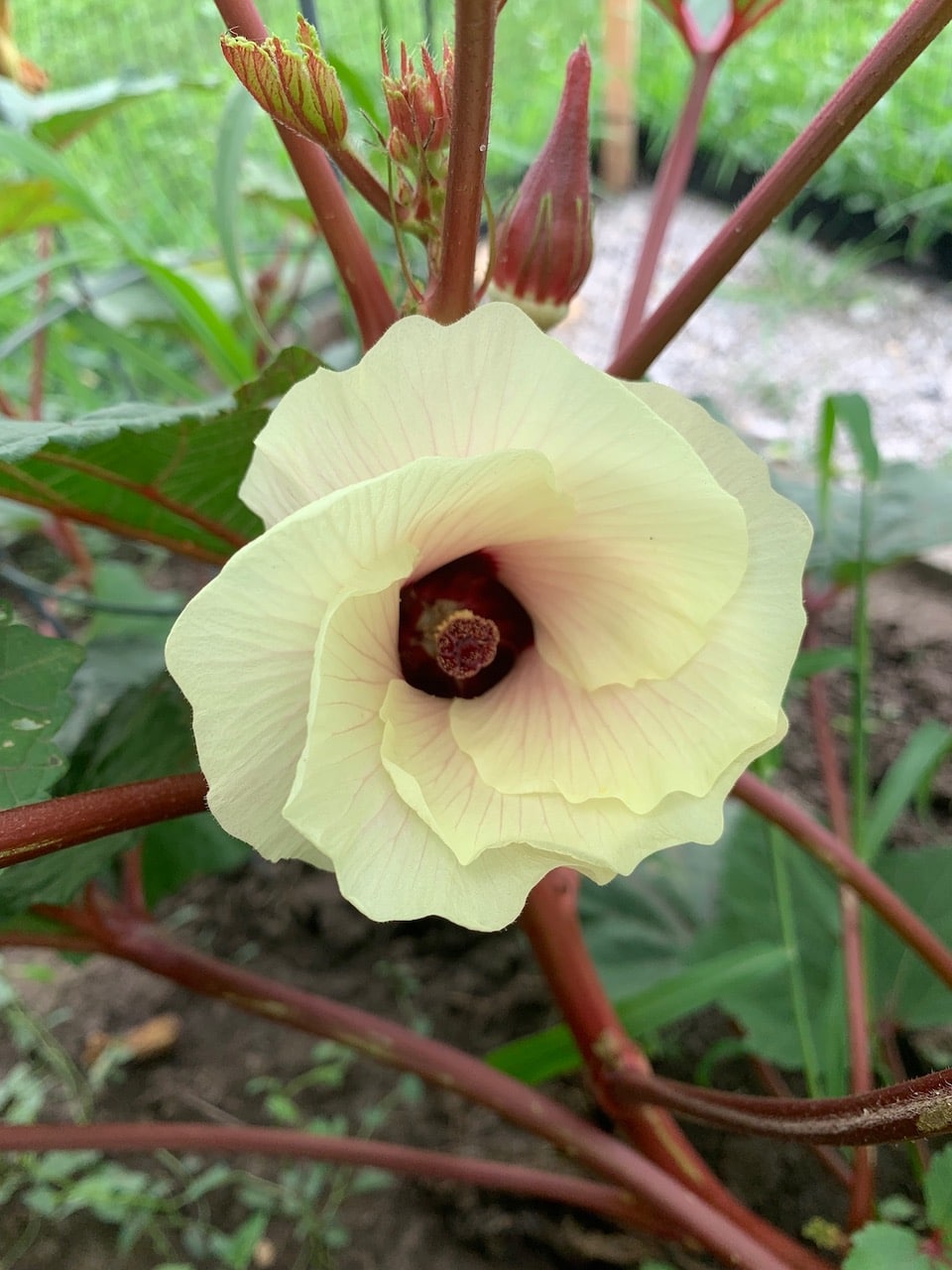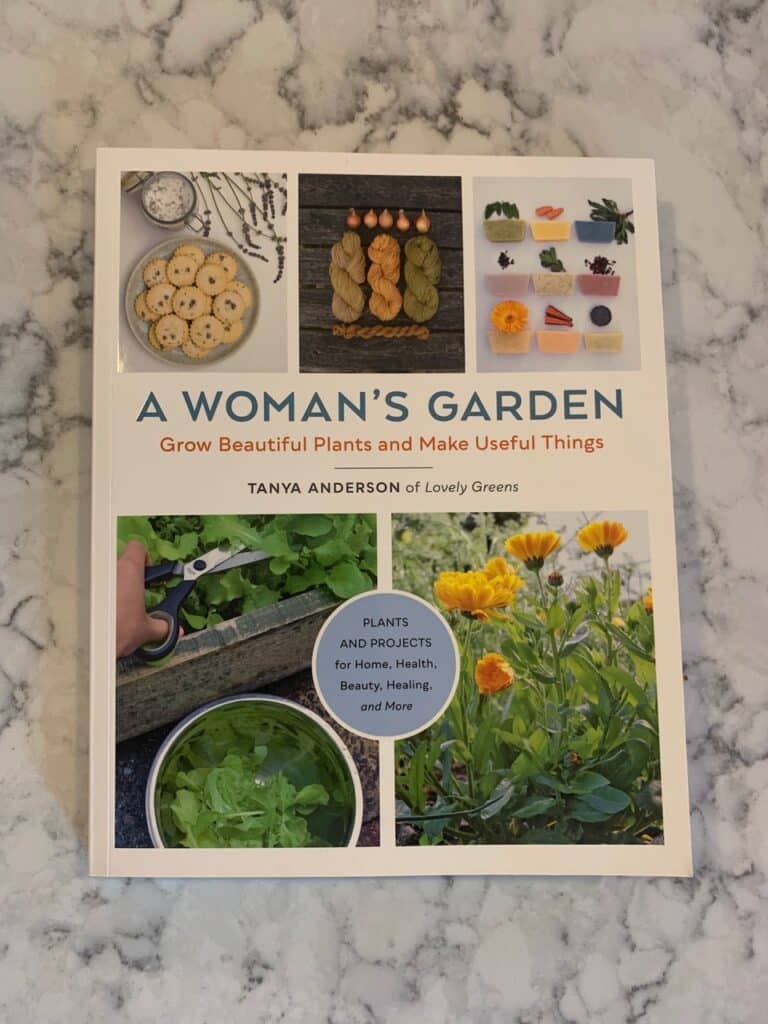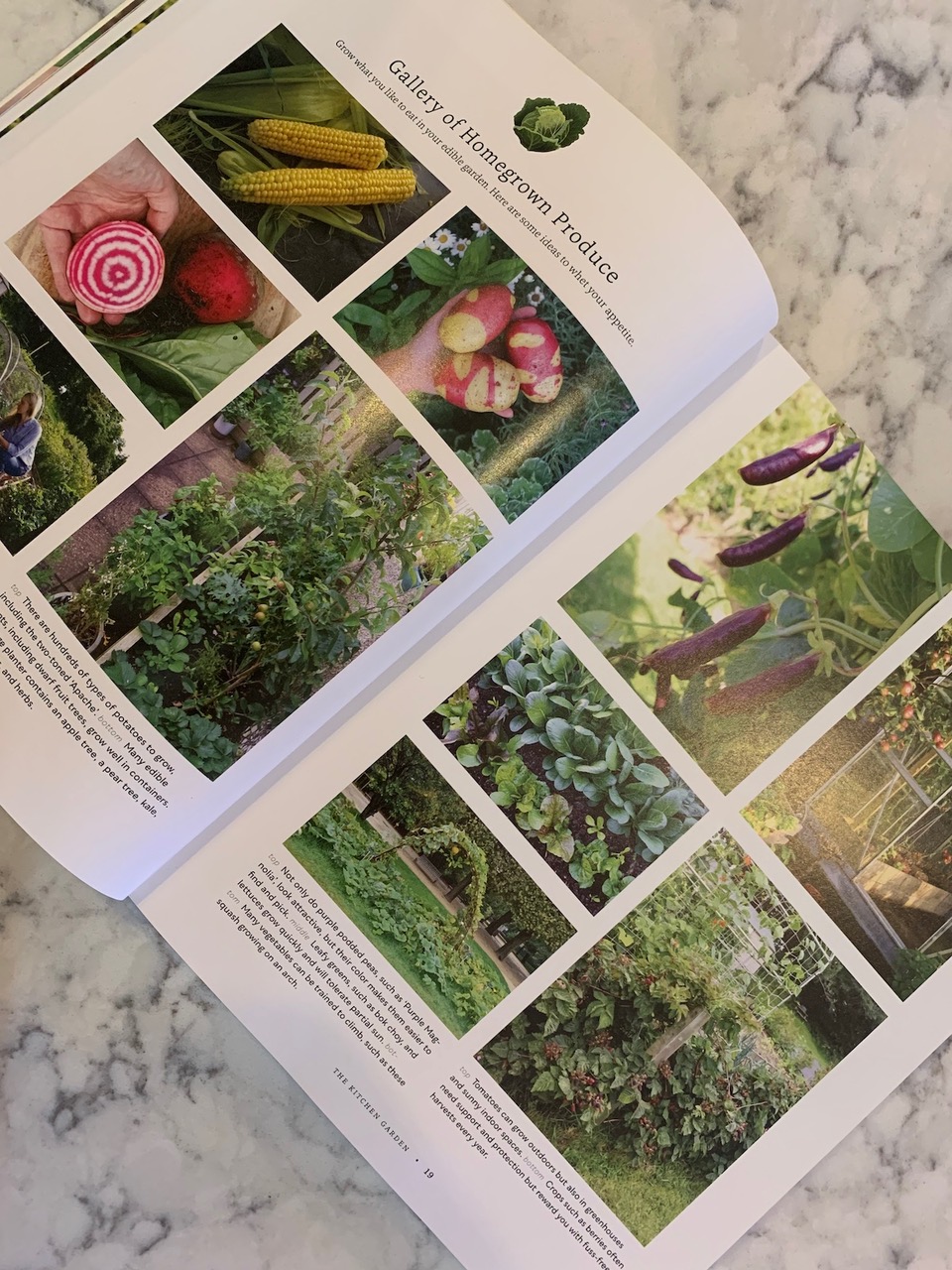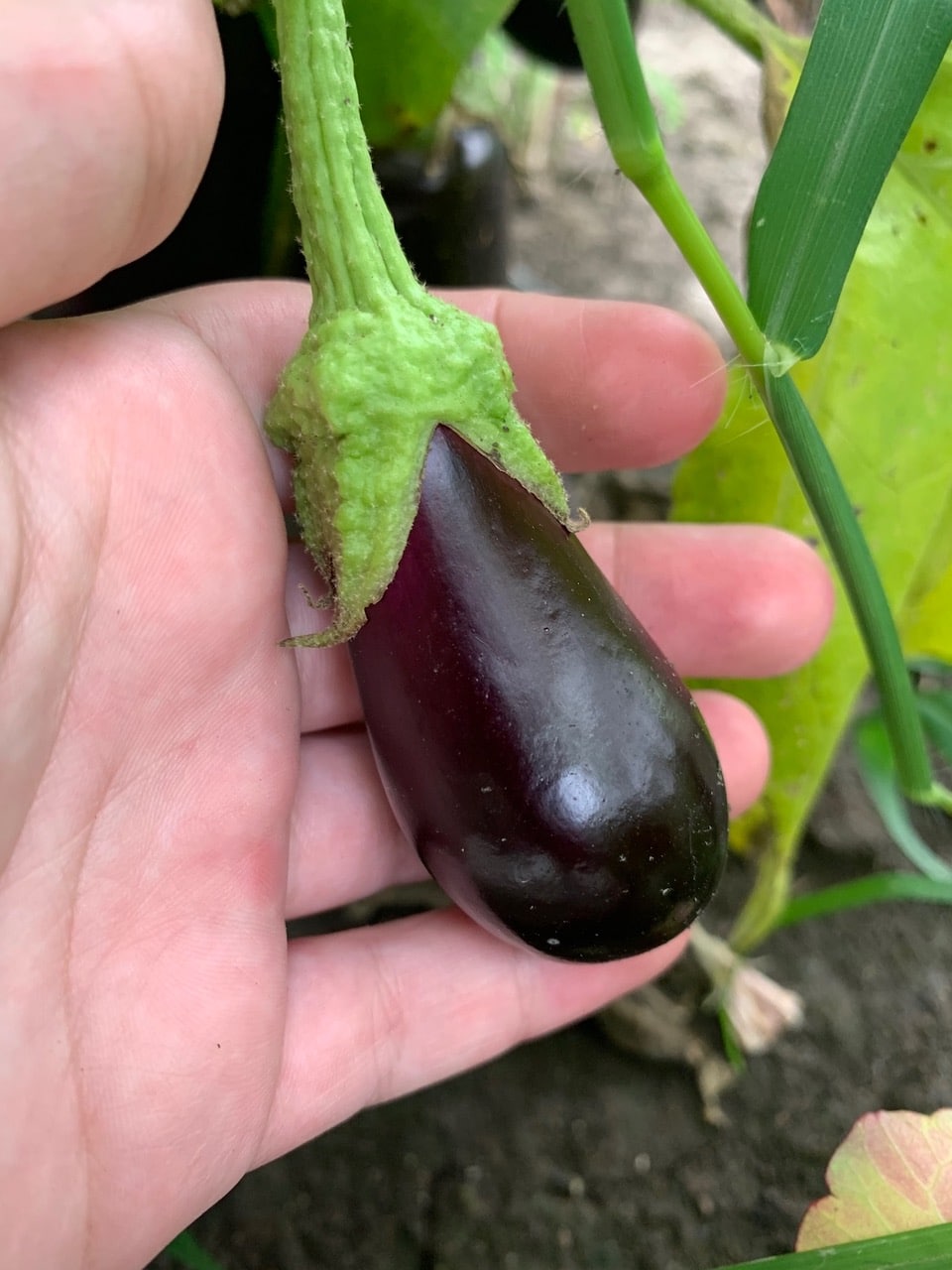I can’t believe that I developed my interest in gardening nearly a year ago. I feel like it’s been no time at all since I picked out my first pansy seeds and anxiously waited for them to arrive at the post office. It’s even crazier to think that I once hated plants. Some of my strongest memories are of detesting watering young apple trees and going to our local greenhouse. Now, I get ridiculously excited whenever my multiple flowers bloom, my okra and eggplant produce their respective veggies, and I’m even considering attending a trade school for agricultural science.

I owe all of this to a single book, and The WON’s marvelous Barbara Baird. Last year she sent me “A Woman’s Garden: Grow Beautiful Plants and Make Useful Things,” by Tanya Anderson of the popular blog, “Lovely Greens.” If I could only use one word to describe this book, it would be inspiring. This single book took everything I felt about plants and completely turned my thoughts upside down. While watering apple trees is no longer one of my garden chores, I do love to go to the greenhouse now.
“A Woman’s Garden” examines eight gardens, every one with a unique purpose, and each grown by a different woman. From vegetable and herb gardens to craft and skincare gardens, this book covers a lot of ground. There’s even a section dedicated to an edible flower garden. Each garden starts with the story behind the garden, followed by a gallery of plants, crafts, recipes, and tips. For example, in the culinary herb garden section, there are instructions for building an herb spiral, which my sister, Rose, wrote about here. The edible flower garden includes recipes for a flower frittata and more.

I think the layout of this book is very smart. After the introduction, Anderson jumps into the kitchen garden. I feel like the classic kitchen garden with its veggies and herbs is the type of garden that most people imagine. The kitchen garden section provides something both familiar, but still exciting through photos of exotic looking vegetables, such as beets striped like candy canes.
After the kitchen garden, Anderson writes about an edible flower garden, which is a little more unusual than a kitchen or an herb garden. I think this works very well, instead of starting the book with something most people might not have heard of or something that might seem daunting, like skincare or herbal medicine.

In a recent gardening book review, I talked about how I love large and vibrant photos in gardening books, and the more the better. I don’t think “A Woman’s Garden” has a single photo-less spread. In fact, there are usually multiple photos per spread, and it’s rare when a page doesn’t have a bright picture. No matter how you describe a flower or a vegetable to someone, everyone will imagine something a little different. For example, if someone told me about the unique Apache potato, which has both red and yellow coloring, I probably wouldn’t think much of it. Seeing a photo of a bicolor potato on the other hand is really neat.
Because of the variety of gardens that Anderson writes about in “A Woman’s Garden,” I think that there’s something for every woman out there. From the classic kitchen garden to help feed a family, to medicinal herbs for women who want something more natural than a prescribed pill, to crafty gardens for wild imaginations, there are so many options.

I felt particularly inspired by the kitchen and healthcare garden sections. I have a rare and serious autoimmune disease that I take a lot of medications for, so if I can ease a cold with herbs instead of taking more pills, I’m all for it. I’m also not a huge fan of vegetables. While I’m getting better about not liking them and have found a few I enjoy, I’d much rather eat unique veggies like a carrot that’s golden and shaped like a fat sausage versus the skinny orange things at the grocery store, or winged beans instead of plain green beans.
I believe that when the contents of my plate look exciting, I want to eat more.
Last but not least, a gardening book shouldn’t be something that you never want to pick up. I think you should leave with your gears turning, and looking forward to coming back to that book. Every time I close “A Woman’s Garden,” I’m excited about something. I’m now interested in making my own skincare products, like rose water and calendula salve, to help my health, but also my teenage vanity. People want clear skin for obvious reasons, and I’m no exception, but having clear skin also makes my disease easier to monitor. It works out for both me and my doctors.
“A Woman’s Garden” is easily one of my favorite books. In a few hours, everything I felt about plants and gardening changed, and I think it takes a special book to do that. As I write this, I have an eggplant bush that I grew from seed that is almost ready to harvest. I would have never thought of growing anything a year ago, let alone a vegetable. It just proves the power of books, plants, and the wonderful women who share them with us.
Check the “Lovely Greens” website to see where you may purchase “A Woman’s Garden.”
"Anna" is a teenage girl who loves to write, read, and do just about anything artsy. She enjoys writing about nature crafts and her experiences while learning to hunt and cook wild game. Anna firmly believes that backyard chickens lay the best eggs and that spending time outside with her flock every morning will start the day off happily. She is extremely grateful to her best friend, who inspired her to really take writing seriously. You can find her lost in her latest idea or listening to her sister "Rose" read book quotes. View all posts by Anna